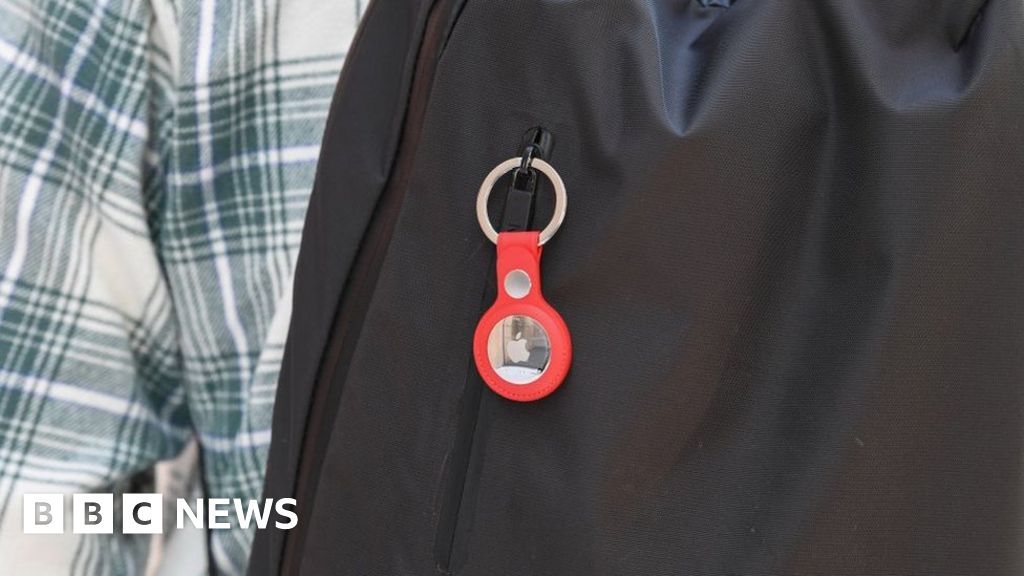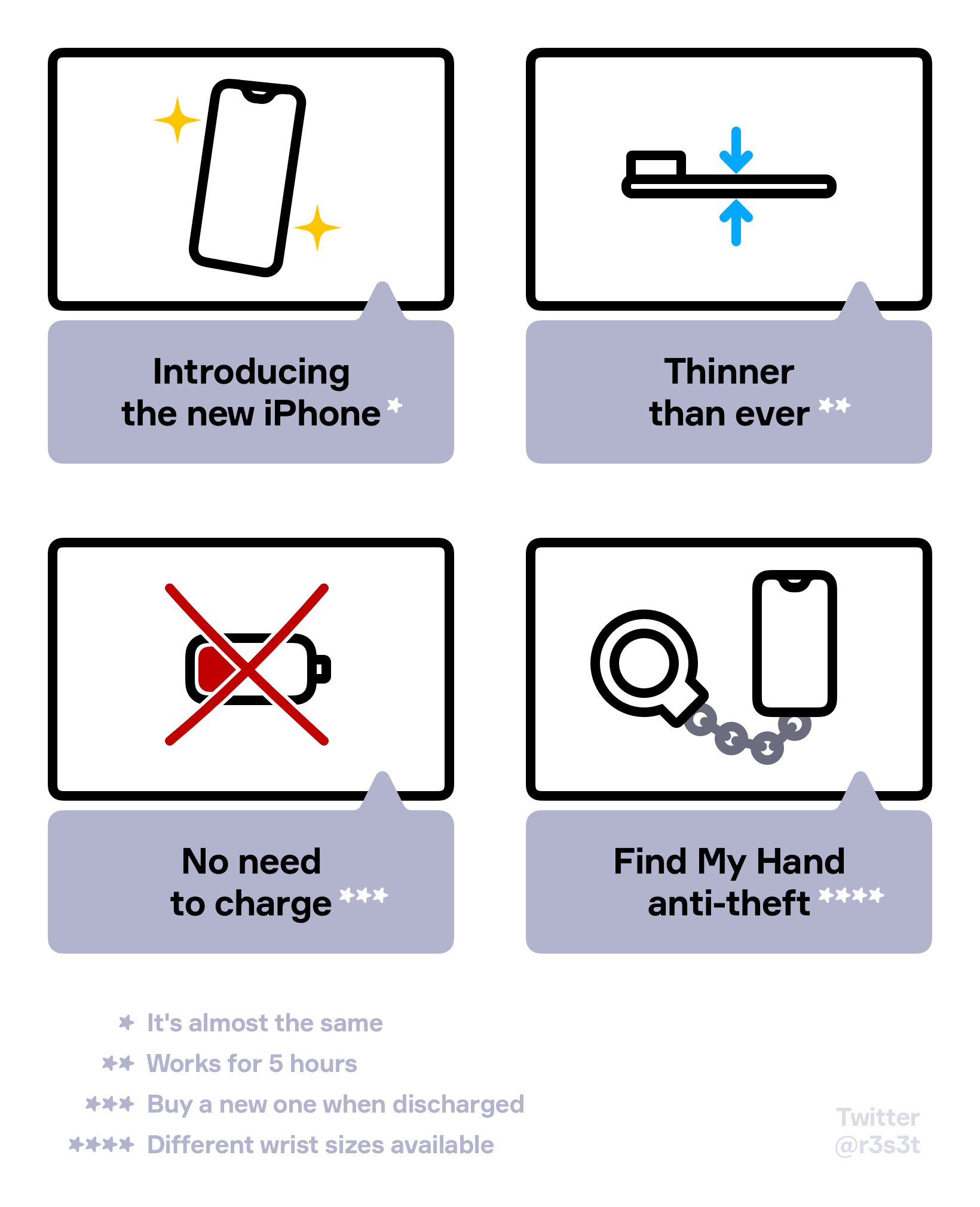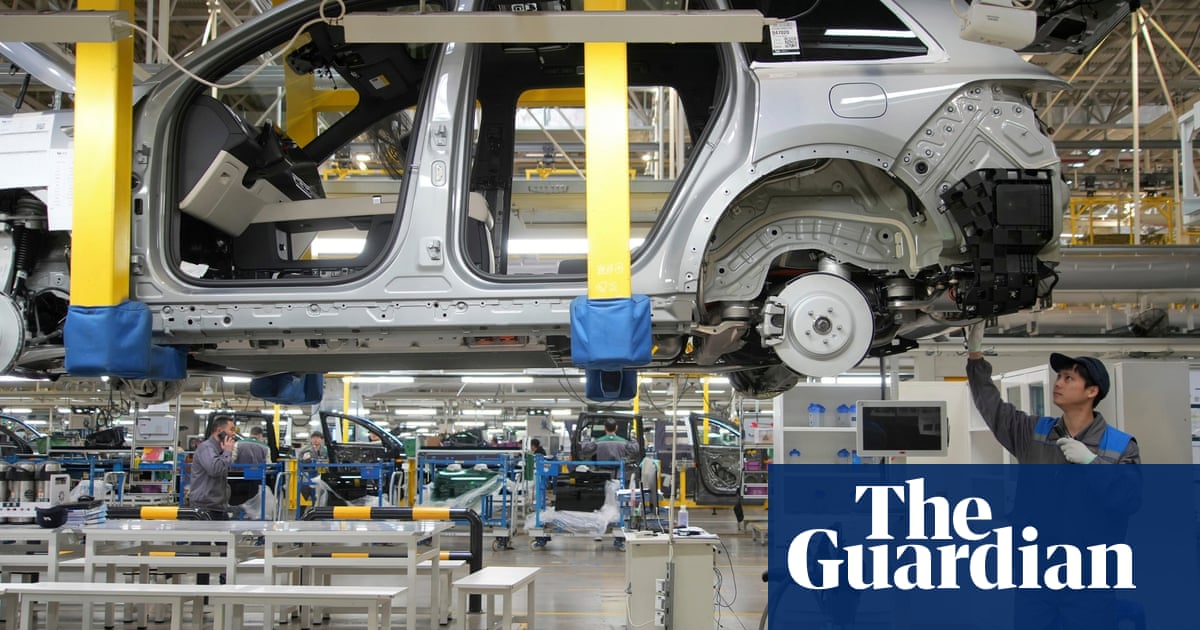
We Hot-Wired the iPhone 16
Our teardown lab is filled with iPhone 16 parts, and we’ve been having a blast playing with them. Apple’s latest smartphone series has largely underwhelmed tech reviewers, who are mixed on the usefulness of the new dedicated camera button and twiddling their thumbs waiting for Apple Intelligence to drop.
First: The adhesive that secures the battery, in the vanilla and Plus models, is this fancy new sticky stuff that can debond when you pass an electrical current through it. That means no more reliance on finicky, brittle adhesive strips, just a consistent, easily repeatable process. It will require a new tool, of course—more on that later.
Second: The 16 Pro battery has a hard steel case instead of a soft pouch, a form factor that looks familiar from the Apple Watch. Every time we’ve heard electronics manufacturers suggest that repairs could be dangerous because of lithium-ion batteries, we point out that the power to make battery repairs safer is in their hands: Hard cell batteries instead of soft pouch batteries won’t get accidentally punctured by a slip of a screwdriver, and so they’re way less likely to catch fire. Since the Pro doesn’t feature the new adhesive, getting the battery out may sometimes require prying, and a hard case will make that process safer. The one model with no battery improvements? The flagship 16 Pro Max. Third: We’ve lauded the “enter through either the front or the back” design that debuted on the base iPhone 14, but it took two generations for Apple to trickle that innovation up to their pro phones. It’s here on all models now—and it looks like it’s here to stay. Having to remove an expensive, fragile, ProMotion OLED during a repair path isn’t ideal, so being able to avoid it for simple repairs streamlines procedures.
And that’s not even counting iOS 18’s new “Repair Assistant,” which aspires to end the parts pairing software barriers to repair. When we tested it out with the iPhone 15 series earlier this week, we thought it was promising, if not quite ready for prime time. But it worked impressively smoothly on our vanilla iPhone 16: one click to pair and calibrate all components at once, and no bugs to be found.
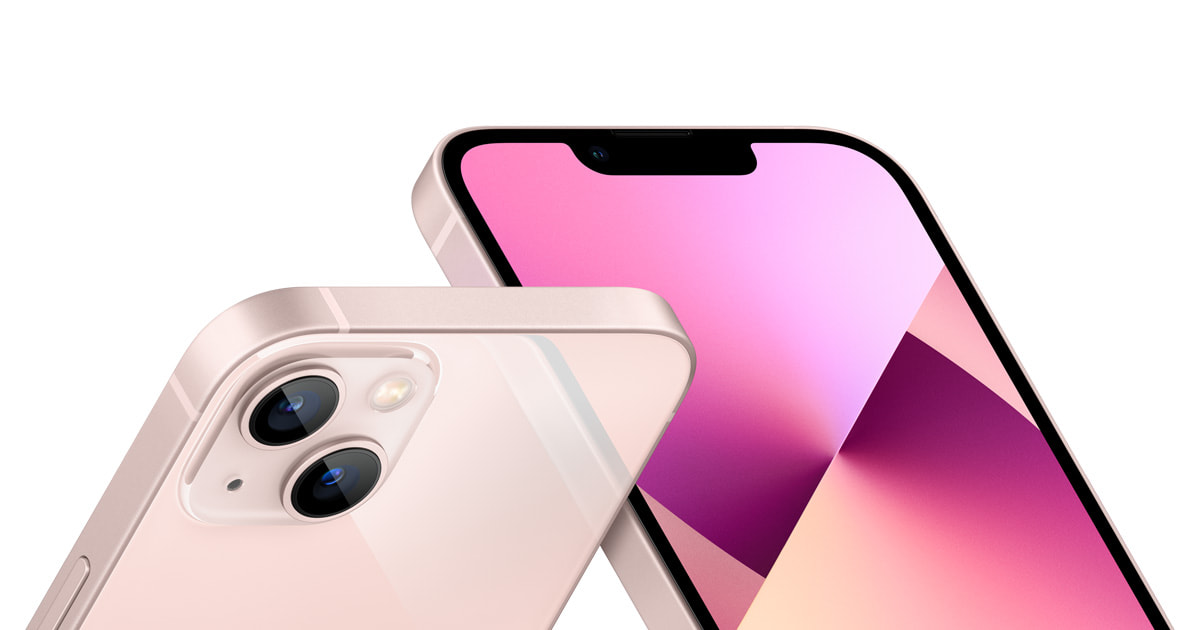
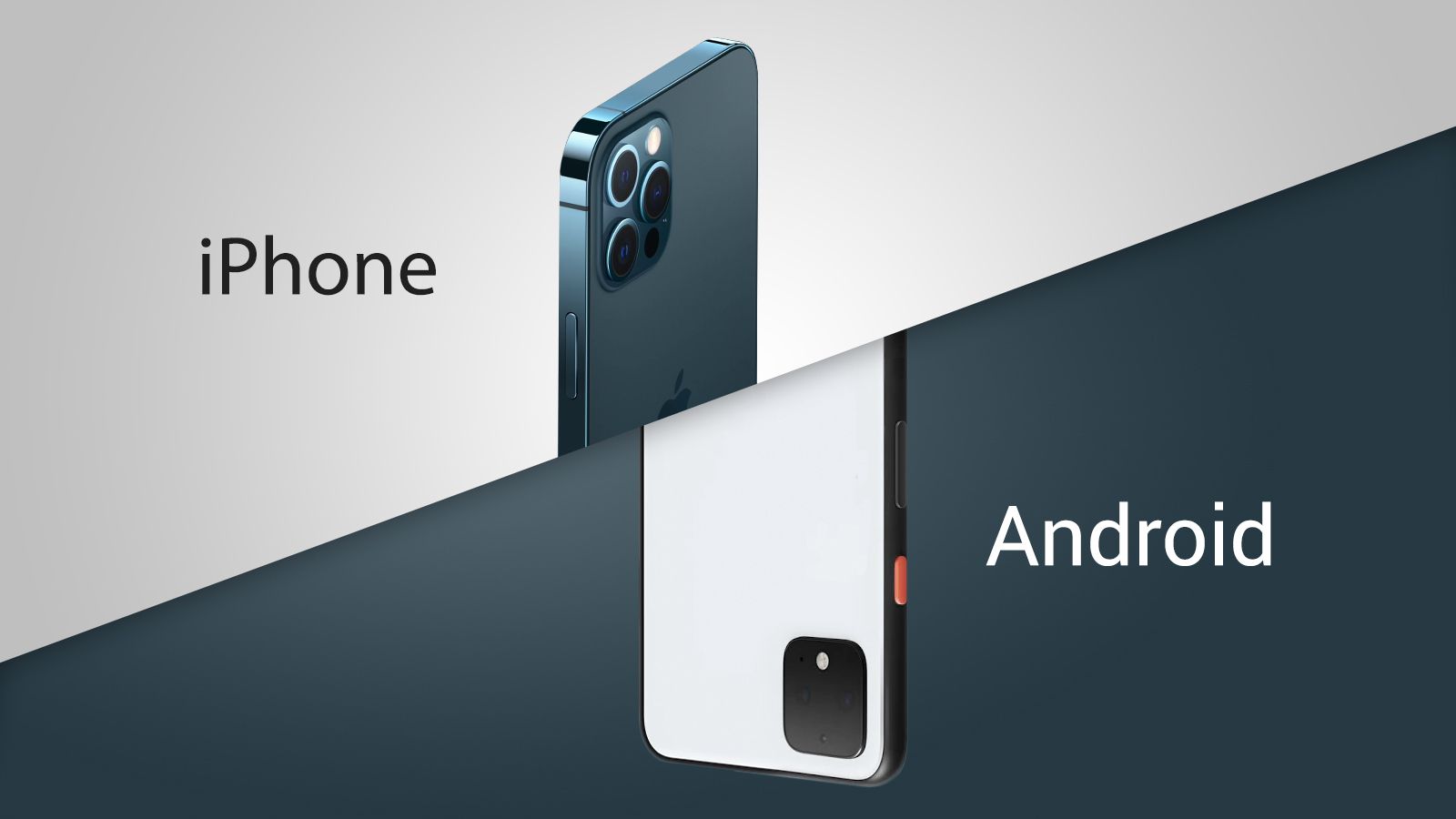
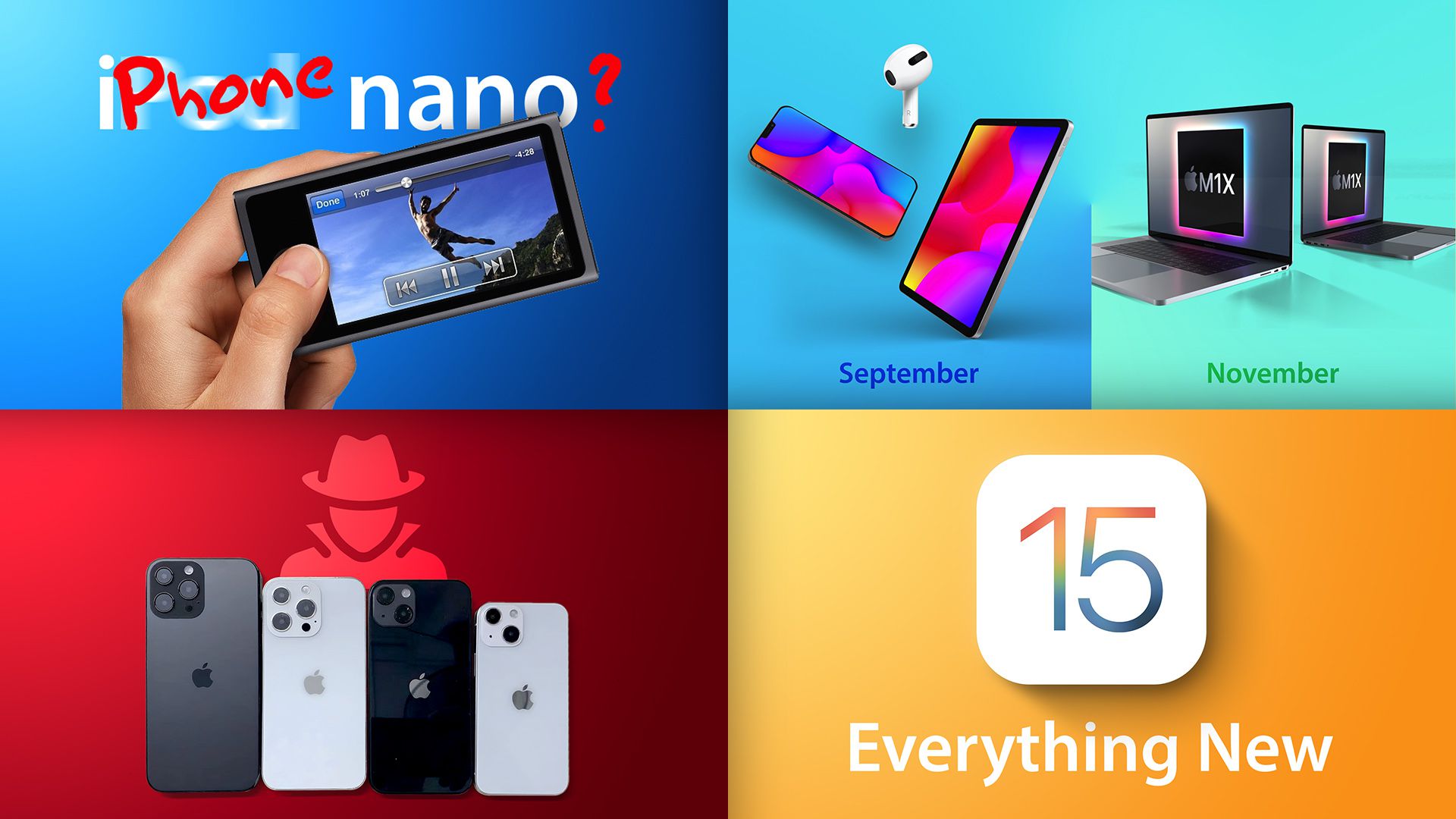


/cloudfront-us-east-2.images.arcpublishing.com/reuters/DFJYDZQLEJJF3F66K4NZMK4CCQ.jpg)

